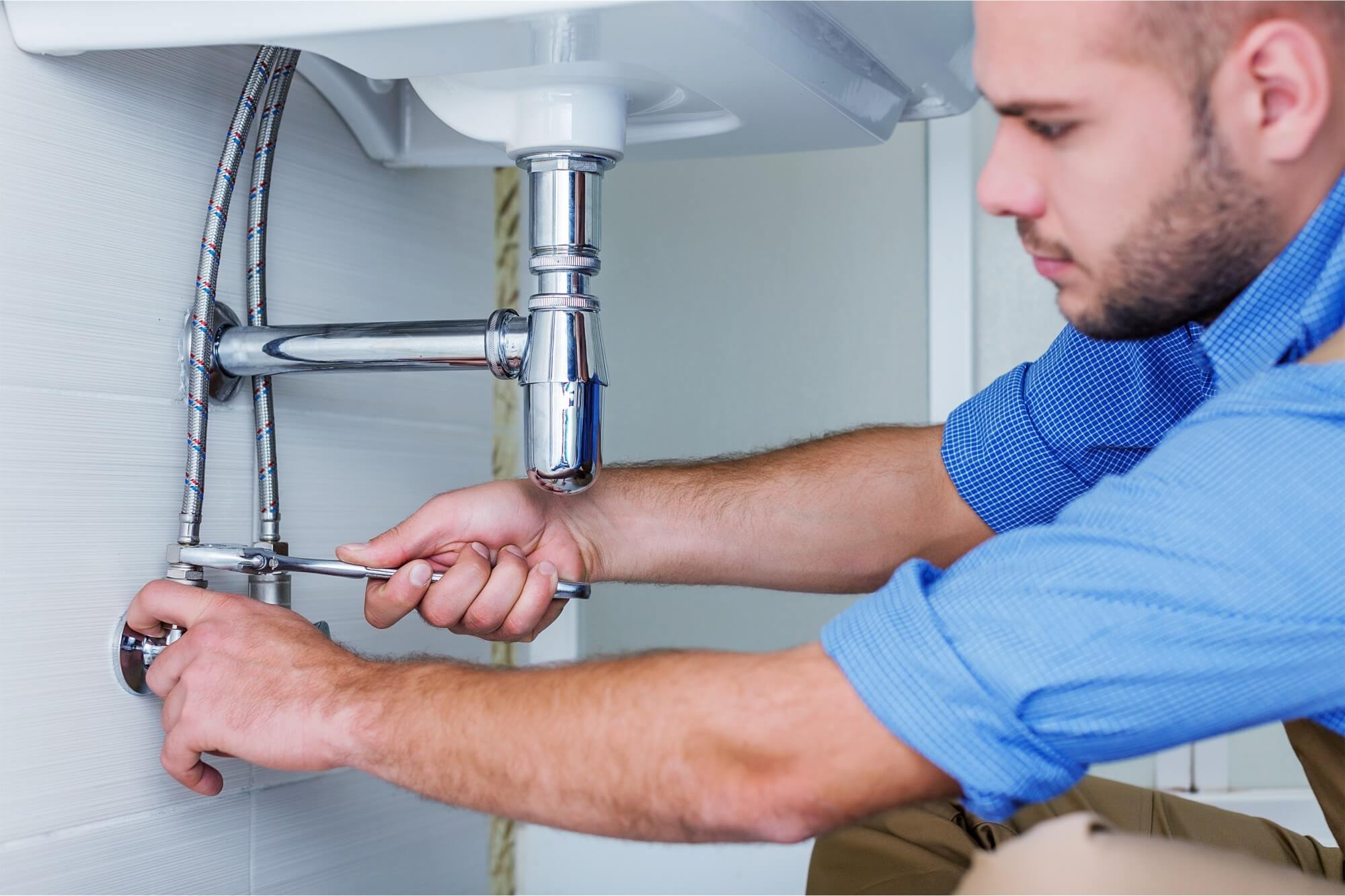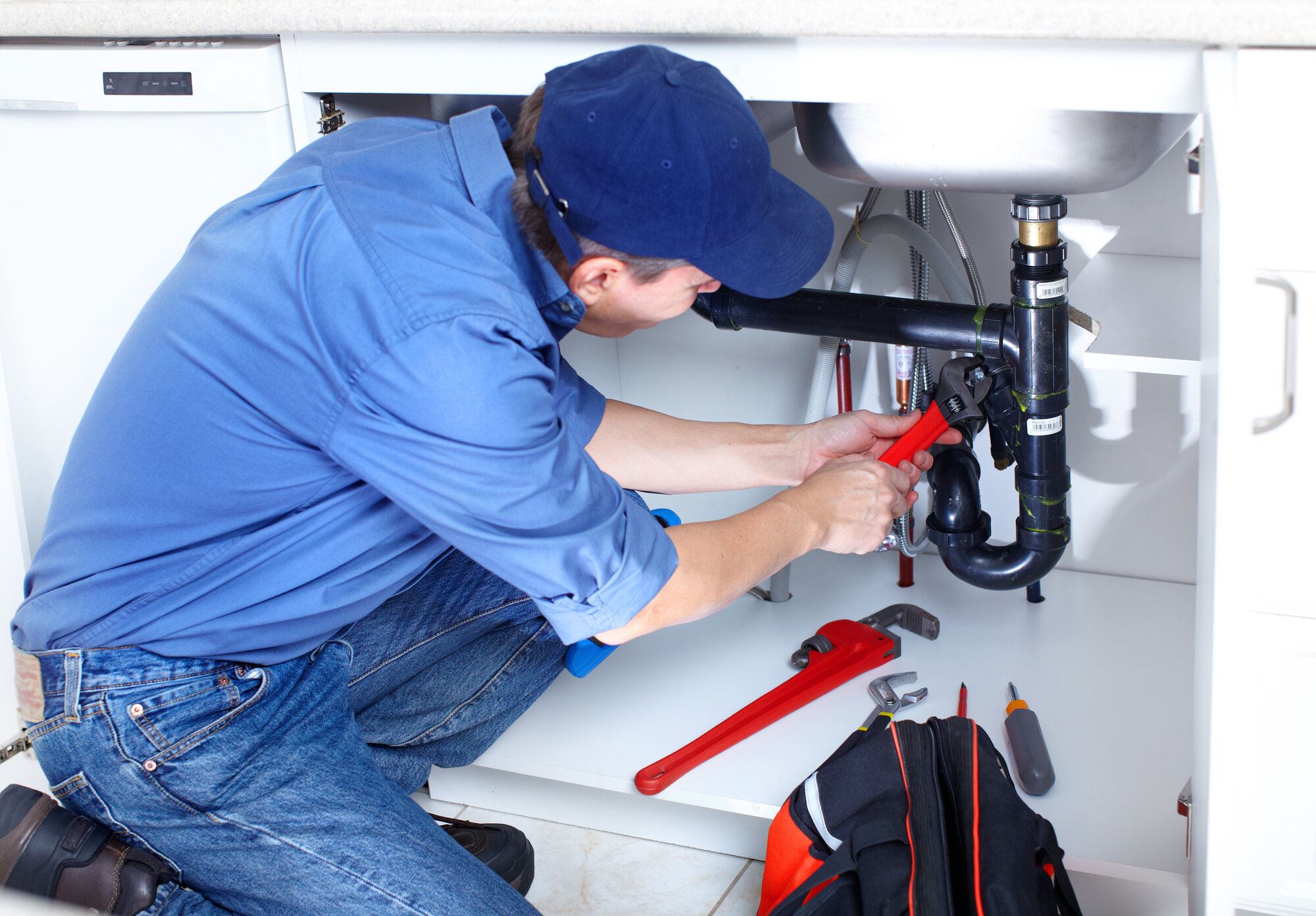Reputable Plumber Alabaster AL for All Your Emergency situation Needs
Reputable Plumber Alabaster AL for All Your Emergency situation Needs
Blog Article
A Detailed Overview to Effective Hot Water Heater Installation for Optimum Efficiency
Getting started on the task of setting up a water heating unit is an endeavor that demands precision and an organized method for accomplishing optimal performance. As you continue, the complexities of connecting water supply lines and establishing up trustworthy electric or gas connections await, appealing understandings right into guaranteeing effectiveness and dependability.
Picking the Right Hot Water Heater

Following, take into consideration the size and capacity of the water heating unit. It's essential to evaluate your home's warm water demands, which can differ based upon the variety of occupants and their usage patterns. An unit that's too little might cause not enough warm water, while an extra-large version could result in unneeded power intake.
Efficiency rankings likewise play an essential role in option. Search for water heating units with high Power Aspect (EF) scores, suggesting premium efficiency and minimized power usage. Tankless designs, though usually a lot more costly in advance, offer significant power cost savings gradually because of their on-demand heating capabilities.
Preparing the Installment Location
Before installing a new hot water heater, thorough preparation of the setup location is important. This guarantees a smooth installment procedure and aids stop future issues (Water Heater installation Alabaster AL). Begin by choosing a suitable location that abides with regional building regulations and safety standards. The location ought to be completely dry, well-ventilated, and obtainable for maintenance. It's essential to gauge the area carefully to suit the hot water heater's measurements, guaranteeing adequate clearance around the system for efficient procedure and servicing.
Following, get rid of any debris, dirt, or blockages from the website to create a clean atmosphere. Inspect the flooring for security, as the hot water heater will need a solid, level surface to run properly. If necessary, install a drip pan below the system to catch prospective leakages or spills, stopping water damages to the surrounding location. In regions vulnerable to seismic task, take into consideration mounting seismic bands to safeguard the heating system strongly in position.
In addition, ensure that all necessary devices and products are on hand before starting the installment. This consists of things such as wrenches, screwdrivers, a degree, and any added equipment required for mounting and securing site link the heating system. A well-prepared setup area establishes the foundation for a successful water heating system configuration, enhancing performance and safety and security.
Connecting Water System Lines
When linking supply of water lines to your newly mounted water heating system, it is important to guarantee that all links are safe and leak-free to keep effective operation and stop water damage. Begin by determining the chilly and warm supply of water lines. The cold water inlet is commonly marked with a blue tag or a "C", while the hot water electrical outlet is marked with a red tag or an "H".
Usage adaptable water heater ports to assist in a much easier installment process. Before affixing the adapters, position a plumbing's tape around the threaded ends of the water heating unit's inlet and Click This Link electrical outlet pipelines.
As soon as links remain in location, slowly switch on the primary water shutoff. Evaluate each link for leakages by aesthetically examining and really feeling for moisture. Tighten connections as necessary, and guarantee the pressure relief valve is correctly installed, safeguarding versus too much pressure build-up.
Setting Up Electrical or Gas Links
Properly establishing up the electrical or gas links for your water heating unit is an important step to make certain secure and reliable procedure. For electric water heating systems, begin by verifying that the electric circuit is suitable with the heating unit's voltage and amperage requirements.
For gas water heating systems, safety is vital. Attach content the gas line to the water heater utilizing a flexible gas port, guaranteeing it is effectively threaded and sealed with pipe joint compound or Teflon tape ideal for gas links.
Once connections are made, check for any kind of possible leaks. For gas lines, use a soapy water solution to the joints; bubbles indicate a leak. For electric links, ascertain that all wiring is protected and appropriately shielded, keeping conformity with local electrical codes.
Changing and testing for Efficiency
With the electrical and gas connections safely in place, the following action is examining the operational efficiency of your water heater. Begin by carefully transforming on the water supply and making sure there are no leaks at any of the joints or valves.
Next, carry out an extensive inspection to ensure the burner or gas burners are functioning appropriately. For electrical heating units, use a multimeter to confirm if the aspects are attracting the proper current. In gas models, observe the heater flame; it needs to be constant and blue, suggesting effective combustion.
Readjust the setups as necessary to eliminate inefficiencies. Consider implementing insulation steps, such as adding a hot water heater blanket, to better enhance performance by minimizing warmth loss. Furthermore, examine the anode pole's problem, as a deteriorated pole can decrease efficiency and cause tank corrosion.
Final Thought
Effective water heating unit installment is crucial for ensuring optimum performance and power cost savings. Securely connecting water supply lines and very carefully setting up electrical or gas links decrease possible concerns.

Correctly setting up the electrical or gas connections for your water heater is an essential step to ensure safe and reliable procedure. For electrical water heating systems, start by verifying that the electric circuit is compatible with the heating system's voltage and amperage requirements. Connect the gas line to the water heating system utilizing an adaptable gas adapter, guaranteeing it is properly threaded and secured with pipe joint compound or Teflon tape suitable for gas links.
Report this page